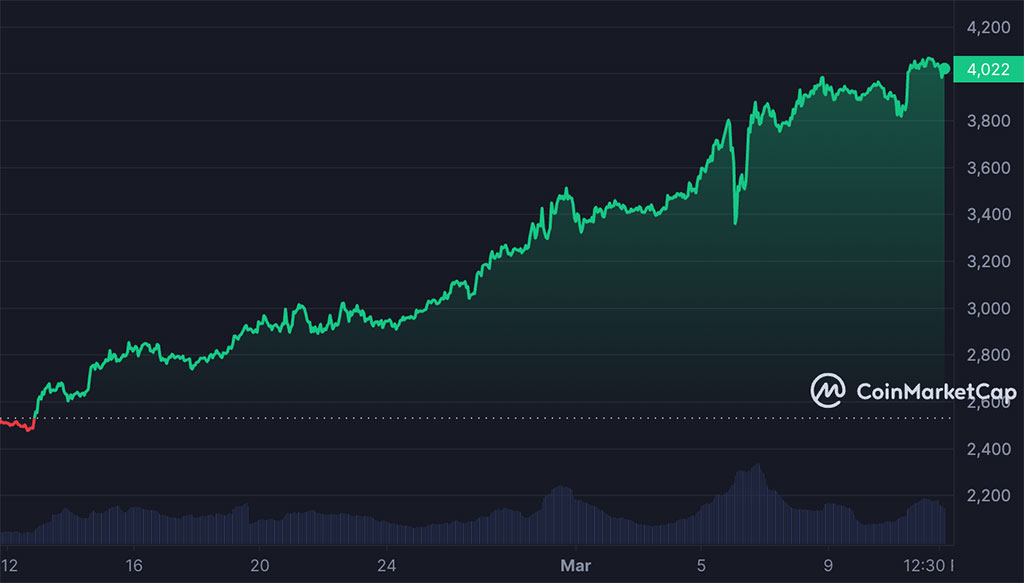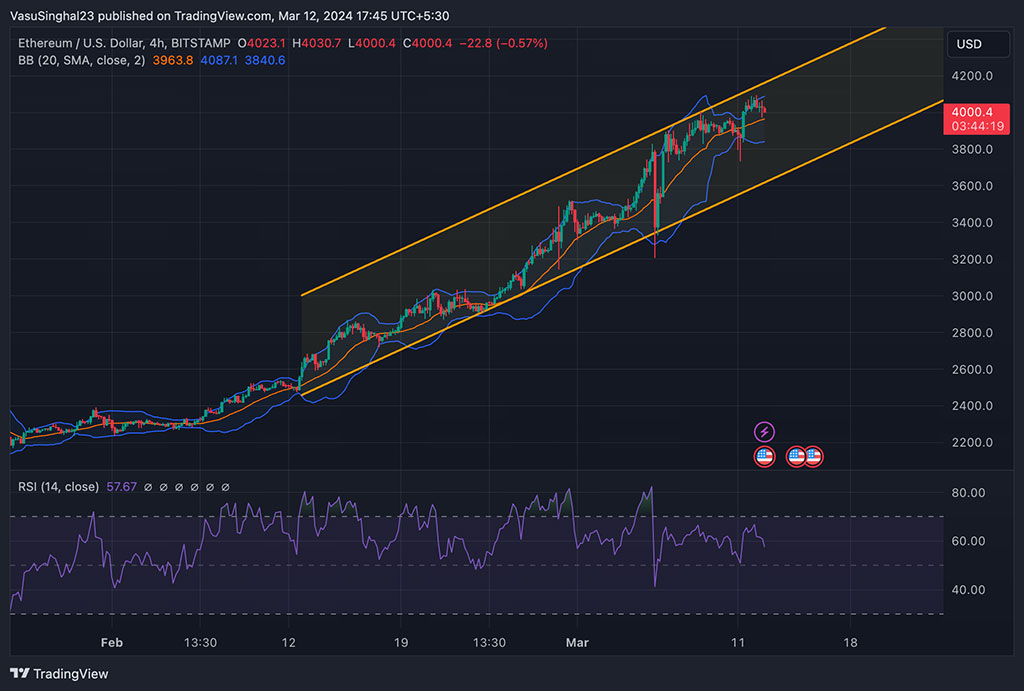ARTICLE AD
By integrating blobs, Gnosis Chain is not merely enhancing its ecosystem but is also laying down a foundational component for Ethereum’s upcoming Dencun upgrade.
In advance of Ethereum’s eagerly anticipated Dencun upgrade, Gnosis Chain has taken a pioneering step by introducing blobs – a novel approach to enhancing the blockchain’s data handling capabilities.
Ethereum’s Dencun Upgrade: A Closer Look
At the heart of the Dencun upgrade lies Ethereum Improvement Proposal (EIP) 4844, also known as proto-dank sharding. This proposal introduces blob transactions as a solution to the high costs and inefficiencies associated with current data storage methods on the blockchain. Currently, Ethereum and its Layer 2 scaling solutions handle transactions and data storage in a manner that, while secure, comes with high costs, particularly for data posting. This has been a substantial barrier, especially during periods of high network demand, with data posting costs reaching up to $1000 per megabyte.
By offering a more cost-effective and streamlined approach to data handling, EIP-4844 is poised to significantly enhance the performance of layer-2 scaling solutions and, by extension, the entire Ethereum network.
The Genesis of Blobs on Gnosis Chain
Gnosis Chain’s recent deployment of blobs marks a strategic move to address one of the most pressing challenges in the blockchain space – scalability. By integrating blobs, Gnosis Chain is not merely enhancing its ecosystem but is also laying down a foundational component for Ethereum’s upcoming Dencun upgrade.
Blob.Fm, a content-focused platform, was the first Dapp on the Gnosis Chain to utilize blobs. Gnosis Chain, formerly known as xDai Chain, works as a sidechain in combination with Ethereum. GnosisDAO handles it and has a total locked value of about $320 million. It hosts a variety of dapps, including Balancer, Spark, Aave, and Aura.
Implications for Scalability and Efficiency
The integration of blobs is expected to drastically reduce the costs associated with posting data on the Ethereum blockchain, thereby making layer-2 solutions more accessible and efficient. This benefits developers and users within the Ethereum ecosystem and serves as a beacon for other blockchain networks to explore similar scalability solutions. Moreover, the temporary nature of blob storage, coupled with its efficient data handling capabilities, offers a balanced approach to enhancing network performance without compromising security or data integrity.
Edward Felten, the co-founder of Offchain Labs, noted that blobs are designed with a pricing mechanism that adjusts based on usage, ensuring an equilibrium between cost and demand. However, the exact impact on cost reduction is hard to predict due to potential increases in transaction volumes and how rollups will adapt to using blobs.
Moreover, with the implementation of EIP-4844, Ethereum is not the only blockchain where rollups can post their data. Solutions like Celestia and Eigenlayer are also emerging as alternatives, providing different options for data availability and posting strategies.
Ethereum (ETH) Price Analysis

Photo: CoinMarketCap
The world’s second-largest cryptocurrency has been on a bullish trend since the start of the year, resulting in 76.51% year-to-date returns. At the time of writing, ETH was trading above the psychological mark of $4,000 and was just down by -17% from its all-time high of approximately $4,900. The performance on a shorter timeframe also reflects bullish momentum with 6.50% weekly gains.
Ethereum (ETH) Technical Analysis

Photo: TradingView
Since the past month, Ethereum’s price momentum has been following a rising channel pattern highlighted in the chart. The most positive aspect of this trend is that the price level has taken a breather at regular intervals instead of having a steep incline. This indicates that accumulation and distribution might be ideally spread at different price levels, avoiding sudden volatile momentum for ether.
When considering the technical indicators, Bollinger Bands have certainly expanded their width in this month which reflects on considerable price action. At the current stage, the band is again expanding, indicating that there can be more momentum to come amidst the Dencun upgrade. The price level had fallen below the basis multiple times but was quick enough to bounce back. The RSI level is currently showcasing a diverging nature but avoided the surge to the overbought region which might result in significant price corrections. This also suggests that the current positive momentum for Ethereum is not in the overbought stage.
It will be quite interesting to watch how ETH will react once the Dencun upgrade goes live on the mainnet. Based on the technical parameters, we can expect more positive momentum.

 10 months ago
52
10 months ago
52 

